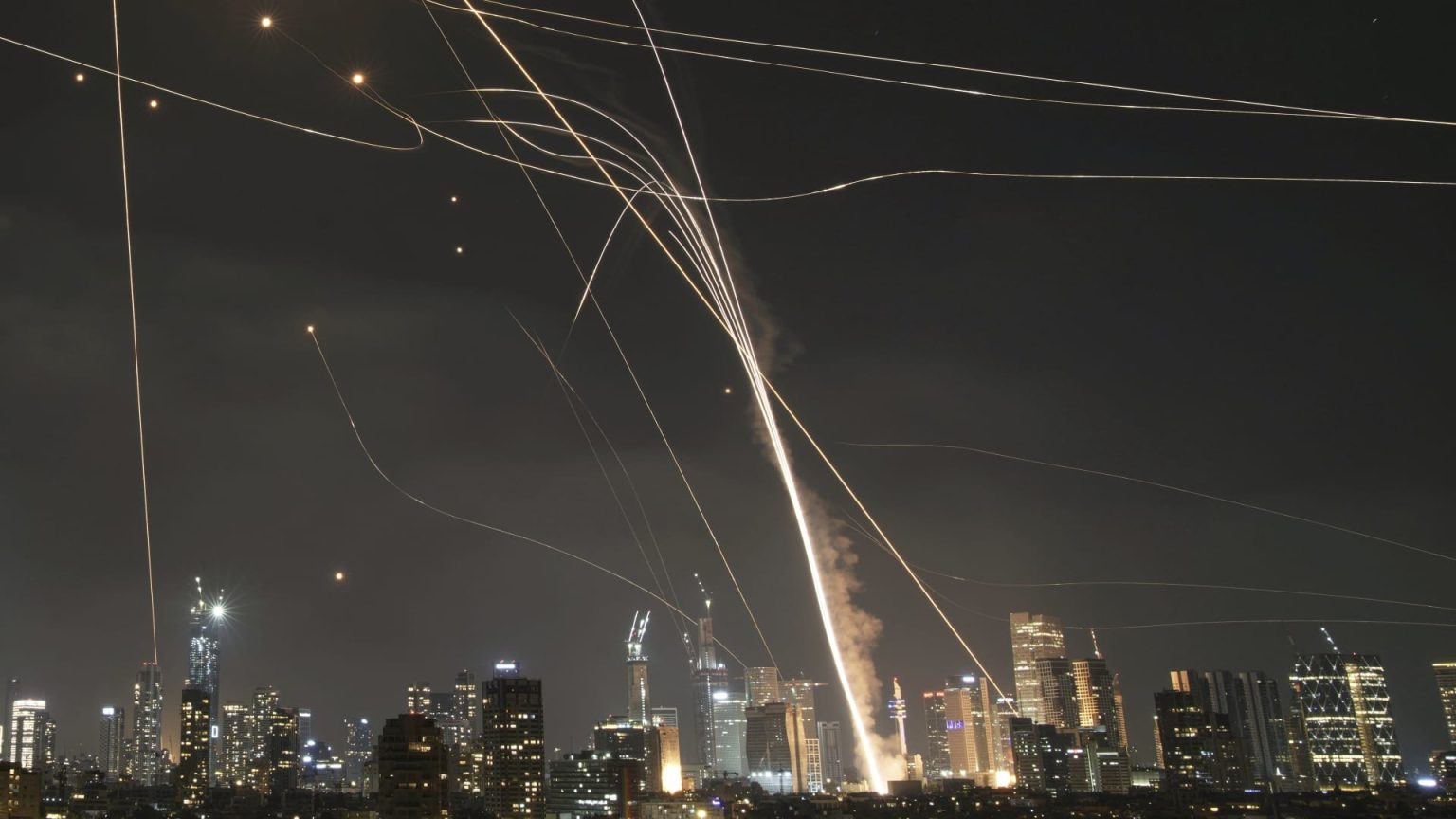Israel’s Iron Dome: A Comprehensive Overview
The Iron Dome missile defense system has become a cornerstone of Israel’s military strategy, ensuring the protection of its citizens against aerial threats. Operational since March 2011, this sophisticated defense mechanism employs advanced technology to intercept various types of incoming projectiles. With the backing of the United States, the Iron Dome represents a collaborative effort aimed at enhancing Israel’s defensive capabilities in a region often characterized by conflict and instability.
| Article Subheadings |
|---|
| 1) Overview of the Iron Dome System |
| 2) Mechanism and Operational Functionality |
| 3) Deployment and Financial Implications |
| 4) Strategic Limitations and Vulnerabilities |
| 5) Future Outlook and Developments |
Overview of the Iron Dome System
The Iron Dome, known as “Kippat Barzel” in Hebrew, occupies a significant place in Israel’s defense infrastructure. Developed by state-owned Rafael Advanced Defense Systems, the system was officially launched in March 2011 and has since been upgraded numerous times. Its primary function is to intercept short-range threats, including incoming rockets and mortars, thereby protecting civilian lives and critical infrastructure.
Israel’s Defense Ministry asserts that the system has played a crucial role in preventing numerous attacks on populated areas. The system comprises several components: advanced radar technology, interception machinery, trained personnel, and a coordinated command structure, all working together to create a multi-layered defense.
Mechanism and Operational Functionality
The operational mechanism of the Iron Dome is highly sophisticated. When a rocket is detected, the system’s radar begins tracking its trajectory immediately. The command and control center assesses whether the projectile poses a threat to designated protected areas. If deemed a threat, the system launches a Tamir missile, designed to intercept the incoming threat.
It’s important to note that the Iron Dome is selectively proactive; it does not engage every threat indiscriminately. Projectiles that do not endanger civilian lives or critical infrastructure are typically permitted to land, minimizing unnecessary destruction and conserving resources.
Deployment and Financial Implications
As of now, the Iron Dome is estimated to have at least 10 operational batteries deployed across Israel, each capable of defending a 60-square-mile area. Each battery is equipped with three to four launchers, each containing up to 20 Tamir interceptors. The cost for producing a single battery, according to the Center for Strategic International Studies, exceeds $100 million.
The significance of U.S. financial support cannot be overstated. Since the Iron Dome became operational, billions of dollars have been appropriated by U.S. Congress to fund the program, covering costs related to batteries, interceptors, and maintenance. This bipartisan support underscores the strategic alliance between the United States and Israel in military and defense matters.
Strategic Limitations and Vulnerabilities
Despite its advanced capabilities, the Iron Dome is not without limitations. Analysts have pointed out that the system struggles when faced with saturation attacks, where multiple rockets are launched simultaneously from different directions. This tactic is designed to overwhelm the Iron Dome’s interception capacity, potentially allowing some projectiles to land and cause damage.
Furthermore, the Iron Dome’s selective nature can also be a double-edged sword. By allowing projectiles that do not pose immediate threats to land, the system minimizes collateral damage but may also risk allowing some non-immediate threats to go unaddressed, leading to strategic vulnerabilities.
Future Outlook and Developments
Looking ahead, enhancements to the Iron Dome are anticipated as threats evolve. As regional tensions continue, investment in improving interception technology and expanding operational capacities will be critical. The Israeli Defense Forces are continually assessing the system’s effectiveness and exploring advancements that could increase its reliability, especially against complex multi-directional attacks.
Additionally, discussions around collaborative defense efforts with allied nations aim to extend the system’s capabilities across borders, potentially creating joint operational frameworks that enhance regional security.
| No. | Key Points |
|---|---|
| 1 | The Iron Dome is a key component of Israel’s military defense strategy. |
| 2 | Operational since 2011, the system uses radar technology to intercept rockets. |
| 3 | Each Iron Dome battery can protect a significant populated area and consists of multiple launchers. |
| 4 | The system has financial backing from the U.S. government, totaling billions in support since its inception. |
| 5 | Challenges exist in its capacity to handle saturation attacks, posing strategic vulnerabilities. |
Summary
In summary, the Iron Dome missile defense system plays a vital role in Israel’s national security, employing advanced technology to protect against a variety of aerial threats. However, despite its effectiveness, the system is not impervious to challenges, particularly in the face of coordinated assaults. The future of the Iron Dome will depend on ongoing innovations and the ability to adapt to emerging threats, ensuring that it remains a formidable defense tool in an increasingly volatile region.
Frequently Asked Questions
Question: What defines the Iron Dome’s operational capacity?
The Iron Dome is designed to intercept rockets and mortars launched at populated areas, utilizing radar systems to determine threats and deploy missiles appropriately.
Question: How is the Iron Dome financed?
The system has received extensive financial support from the United States, amounting to billions of dollars for its development, operation, and maintenance since 2011.
Question: What are the weaknesses of the Iron Dome?
Analysts indicate that the system may struggle during saturation attacks, where multiple projectiles target simultaneously from different directions, potentially overwhelming its interception capabilities.


